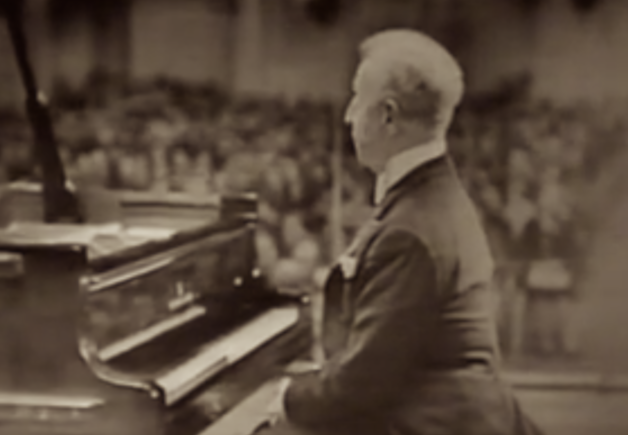This morning I was looking at some videos I’d found on YouTube after searching “good posture.” What I found was a mix of ideas and demonstrations, some helpful, many not so helpful. One of the things that many of the “not so helpful” videos had in common was in presenting posture as static. Something to be held.
Here were some of the most frequently given directions about holding this good posture:
- Tuck your chin in as you lift your head upward, holding your head directly over your sternum (breast bone)
- Pull your shoulders back and down, pinching your shoulder blades together
- Lift your abdominal area, pulling your navel toward your spine
- Tuck your pelvis slightly under, so that you’re not arching your back
As an experiment, I took out my saxophone and followed these directions. Besides not being able to produce my sound in any reasonably pleasing way, I also noticed I couldn’t move. I couldn’t express myself. I couldn’t really breathe very well. I was not free. I was planted. I would get tired very quickly if I had to maintain such holding in my body.
As an Alexander Technique teacher, I wasn’t too surprised by this experiment. I see time and again musicians who get some kind of a notion about good posture, then make a mess of themselves (and the music!) as they try to maintain it.
Now in all fairness, if you were to look at snapshot of somebody maintaining this kind of holding, it would probably look like good posture. You’d likely be able to see the symmetrical alignment in the body. But if you were to put your hands on this same person’s body, you’d fell nothing but tension and rigidity.
According to the Alexander principles, good posture is a result of a good use of yourself. And this good use involves releasing yourself into balance.
Contrast the above directions above with the Alexander Technique primary directions:
- I allow my neck to be free so that my head can release upward on top of my spine
- I allow my torso to release into length and width
- I allow my knees to release forward from my hip joints and one knee away from the other
Notice the word release is used in each direction. This is a matter of un-doing as opposed to doing, and involves much less effort. In truth, we are designed to release upwards into good balance, posture and alignment. It’s what we naturally default to (as long as we don’t interfere with it!) Just look at a small child sit, stand, and otherwise move and you’ll see this to be evident.
If you were to see somebody carrying out the above Alexander directions, they too would look like they were maintaining good posture (nicely aligned, etc.) But the difference is that they would be able to move easily, breathe easily and express themselves easily through these directions. Just like a small child. Balance instead of bracing.
So if you find yourself struggling to maintain the correct posture, think of balance and fluidity instead. This is where a good Alexander Technique teacher can help tremendously. In an Alexander lesson you’ll learn how you are creating habitual patterns of tension that are interfering with your natural, easy, upright balance and coordination.
Take a look at this video of the great pianist Artur Rubinstein performing Chopin. Notice how beautifully upright he is as he plays. If you were to take a snapshot of him in mid-flight, you would see what appears to be good posture. But as you can also see, he is free and flowing, expressing himself effortlessly and gracefully. Releasing into balance.
